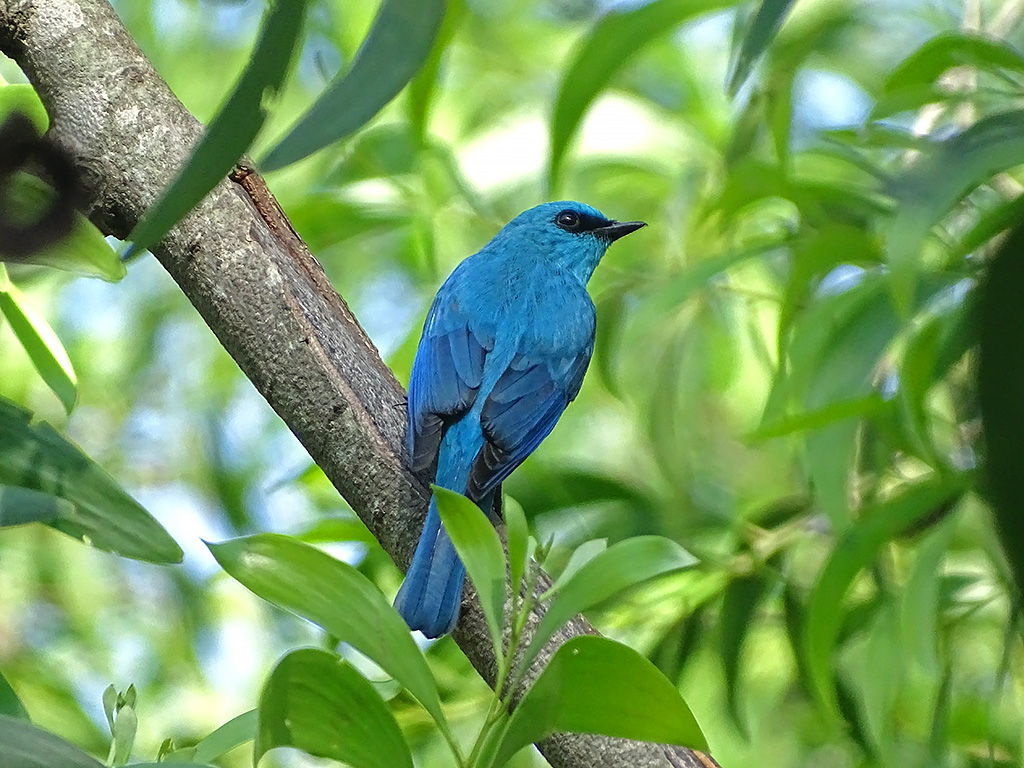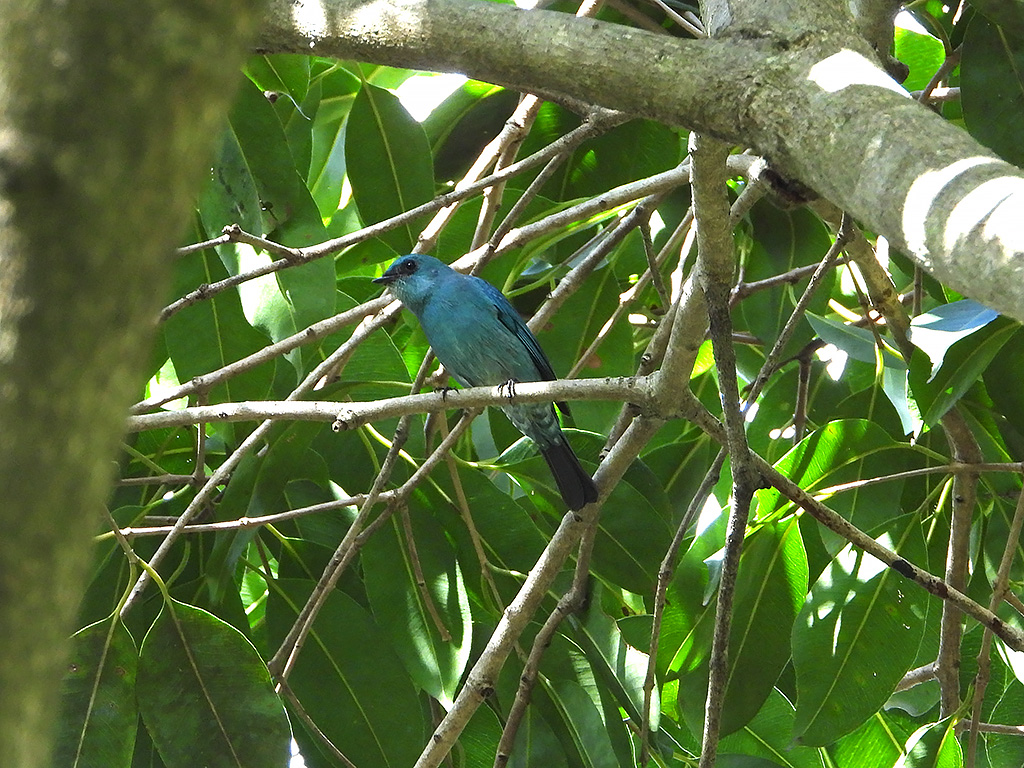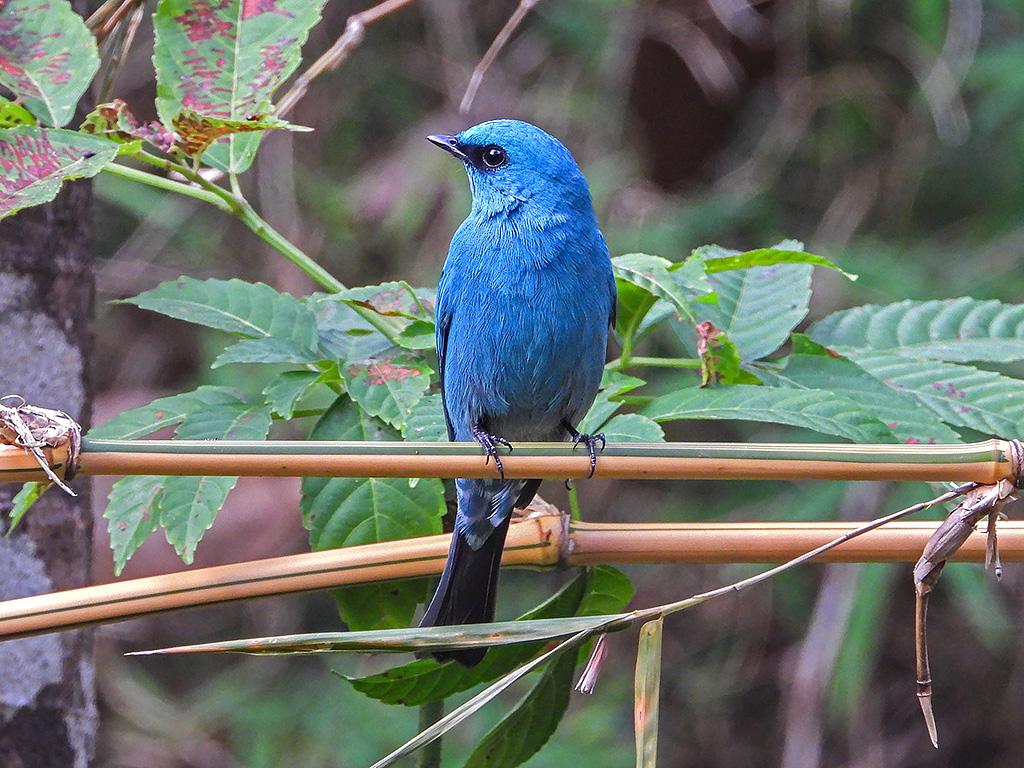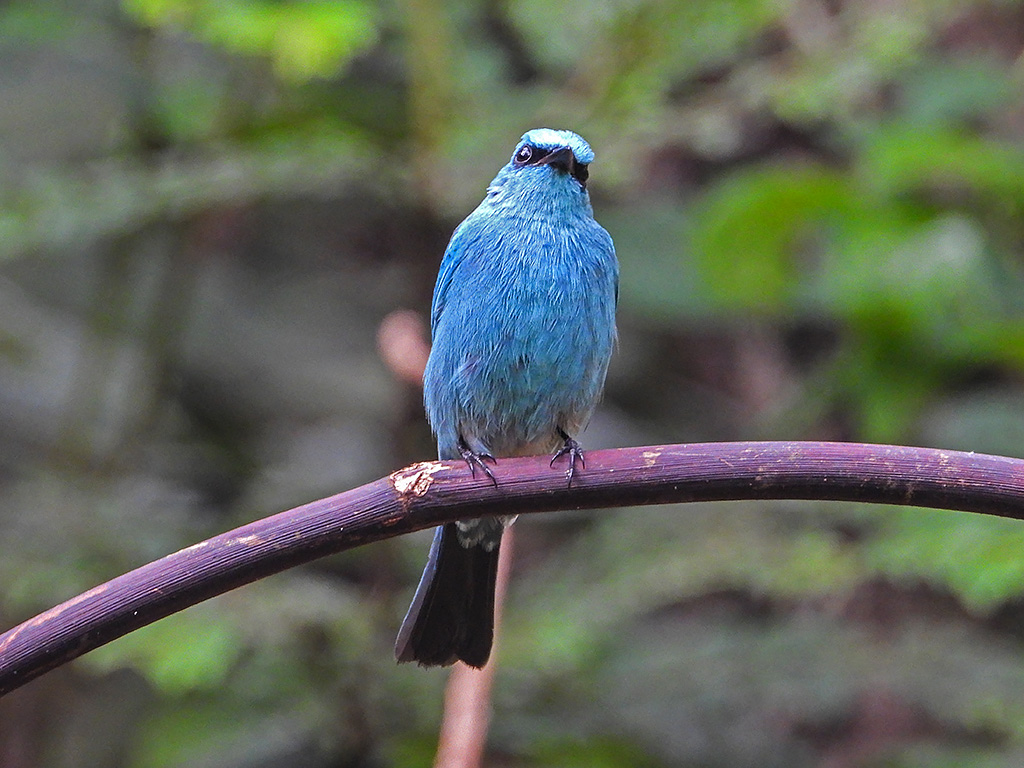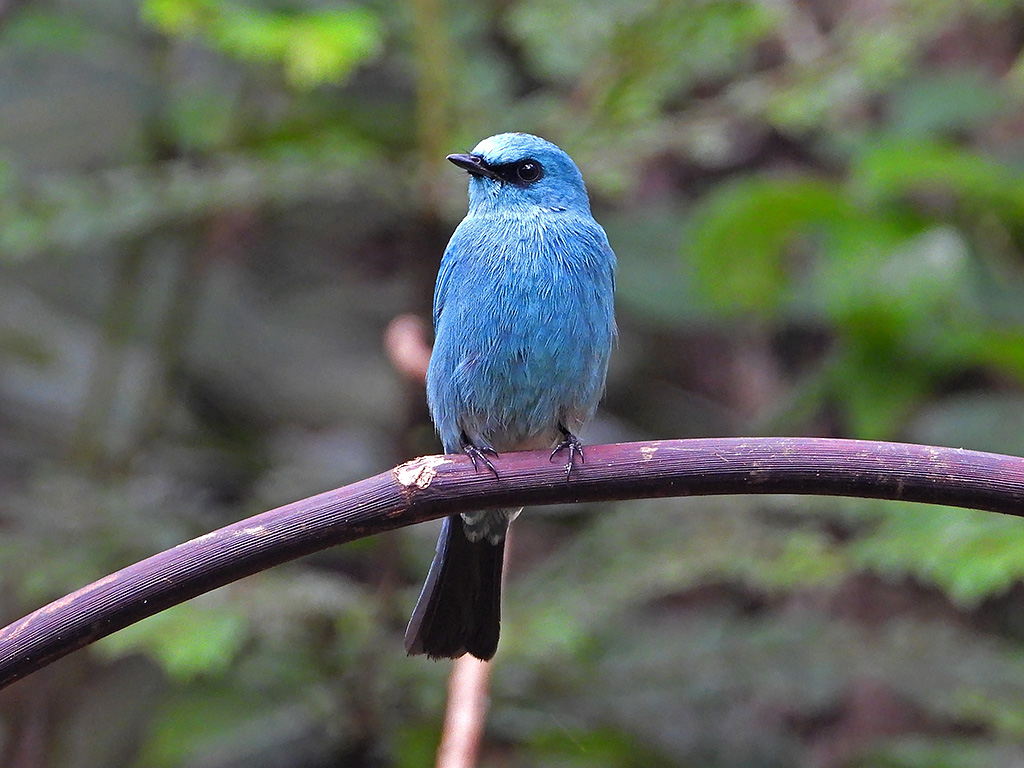| IUCN (International Union for Conservation of Nature): | Least Concern
|
|---|
| Approximate size(adult): | About 16–18 cm long. Males are a brilliant copper-sulphate blue (verditer blue) all over, slightly paler below, with a darker lores patch near the eyes. Females are duller with a bluish-grey tone.
|
|---|
| Resident/ Migrate from: | A short-distance migrant and altitudinal migrant in the Himalayas and parts of Southeast Asia. Breeds in higher elevations and moves to lower hills or plains in winter.
|
|---|
| Migrate to: | Found across the Himalayas, northeastern India, central India, and parts of Southeast Asia during winter. In southern India, it is a winter visitor.
|
|---|
| Breeding season: | April to July. The nest is a neat cup made of moss, roots, and fibers, usually placed in a tree hole, rock crevice, or on a ledge. The female lays 3–5 eggs.
|
|---|
| Breed in: | Himalayan foothills and hilly forests up to 3000 meters altitude, especially broadleaf and pine forests, wooded ravines, and forest clearings.
|
|---|
| Habitat: | Prefers open forests, forest edges, tea estates, gardens, and hill slopes. Commonly perches on exposed branches or wires, frequently flicking its tail and making short flights to catch insects.
|
|---|
| Diet: | Mainly insectivorous, feeding on flies, beetles, moths, and other small flying insects. Often seen sallying out from a perch to catch prey mid-air, a typical flycatcher behavior.
|
|---|
